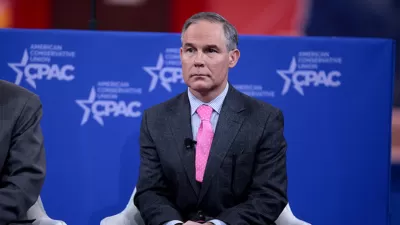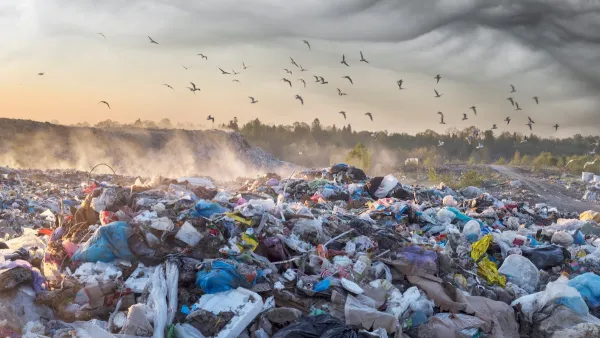The cuts mean that China is on target to meet its coal power generation limit for year 2020. But even with the cancellations, China will have surplus coal power resulting in underutilization of renewable power due to preference for coal by utilities.

The massive cancellations follows the announcement last August that coal usage in the world's most populous and greenhouse-gas emitting nation peaked in 2014.
"The cancellations make it likelier that China will meet its goal of limiting its total coal-fired power generation capacity to 1,100 gigawatts by 2020," reports Michael Forsythe for The New York Times.
Too much coal power
That huge figure, three times the total coal-fired capacity in the United States, is far more than China needs. Its coal plants now run at about half of capacity, and new sources of power, like wind, solar and nuclear, are coming online at a fast clip.
The canceled projects, some under construction, would have contributed 120 gigawatts of power. "The new announcements are in addition to cancellations detailed last year," adds Forsythe.
The 2020 target was set in November as part of a new five-year plan that limits coal to 55 percent of total electrical power generation.
"Overcapacity in coal power has pitted renewable energy and coal against each other in the grid and led to a substantial proportion of renewable power generation being wasted...," reported Lauri Myllyvirta for Energy Desk Greenpeace.
"Grid operators often favor power generated from coal plants over that made by wind and solar, and despite the cuts, China is still building far more capacity than it needs, " adds Forsythe. Furthermore, he casts doubt on whether some of the cancellations will actually be done.
Earlier, Forsythe reported on China investing "$360 billion on renewable energy by 2020," and contrasts that investment with the attitudes of President Trump and his environment and energy cabinet appointments, Scott Pruitt and Rick Perry, respectively, toward climate change. The result: "jobs that would have been created in the United States may instead go to Chinese workers."
Hat tip to David Underwood
Related in Planetizen:
-
China Cutting Carbon, October 1, 2016: China’s coal use and carbon emissions have dropped for the last two years.
-
Peak Coal: China's Carbon Emissions Drop as the Use of Coal Slows, August 10, 2016: China's use of coal peaked in 2014.
-
Breaking News: China and U.S. Agree to Emissions Reduction Plan, November 12, 2014: A surprise, groundbreaking agreement between China and the United States was unveiled in Beijing at the end of the APEC conference, providing hope that the world can reduce the threat from climate change.
-
China Bans the Use of Coal Around Cities, August 26, 2014: China will ban coal burning in the Beijing region by 2020, but warns that some solutions to air pollution will exacerbate climate change.
FULL STORY: China Cancels 103 Coal Plants, Mindful of Smog and Wasted Capacity

Maui's Vacation Rental Debate Turns Ugly
Verbal attacks, misinformation campaigns and fistfights plague a high-stakes debate to convert thousands of vacation rentals into long-term housing.

Planetizen Federal Action Tracker
A weekly monitor of how Trump’s orders and actions are impacting planners and planning in America.

In Urban Planning, AI Prompting Could be the New Design Thinking
Creativity has long been key to great urban design. What if we see AI as our new creative partner?

King County Supportive Housing Program Offers Hope for Unhoused Residents
The county is taking a ‘Housing First’ approach that prioritizes getting people into housing, then offering wraparound supportive services.

Researchers Use AI to Get Clearer Picture of US Housing
Analysts are using artificial intelligence to supercharge their research by allowing them to comb through data faster. Though these AI tools can be error prone, they save time and housing researchers are optimistic about the future.

Making Shared Micromobility More Inclusive
Cities and shared mobility system operators can do more to include people with disabilities in planning and operations, per a new report.
Urban Design for Planners 1: Software Tools
This six-course series explores essential urban design concepts using open source software and equips planners with the tools they need to participate fully in the urban design process.
Planning for Universal Design
Learn the tools for implementing Universal Design in planning regulations.
planning NEXT
Appalachian Highlands Housing Partners
Mpact (founded as Rail~Volution)
City of Camden Redevelopment Agency
City of Astoria
City of Portland
City of Laramie





























